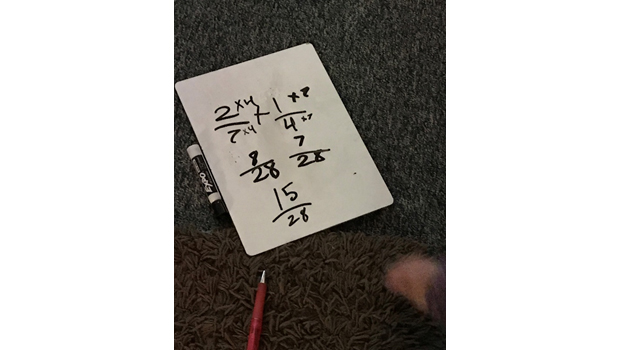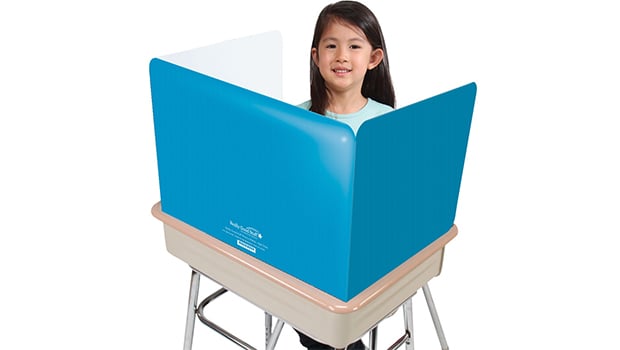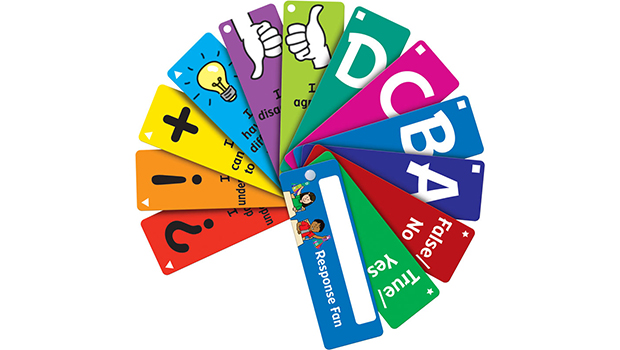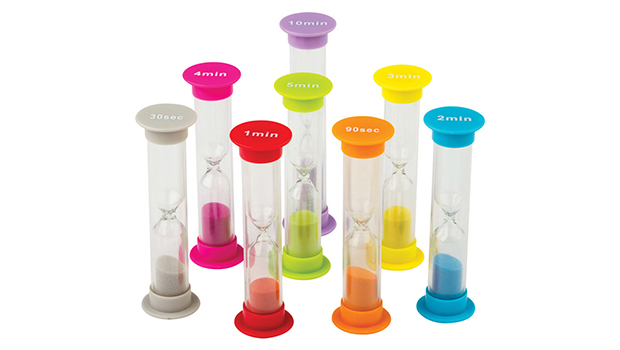When teachers think of accommodating for student needs, we often get a picture of multiple different lessons or activities that we need to prepare for. If your class has a wide range of needs, that picture may become even more overwhelming, and downright scary! Here are a few tips and tricks for accommodating for students with a wide range of needs:
How to Assess
Assessing students is always important, but it is even more so in a class with diverse needs. In addition to regular testing, teachers should informally check for student understanding through observation, open-ended questions, short exit ticket quizzes, and demonstrations to see how lessons need to be modified in the future.
To make it easier (and insure less time spent at the copier) have students use white boards or student response fans to answer questions. You can keep track of students understanding on a clipboard with a list of student names. Place check-marks by students who may need additional assistance.
You can also ask students to self-assess by assigning themselves a rank for their work. You can ask students to rank themselves using a thumbs up, thumbs to the side, or thumbs down to help you gauge their understanding. You could also use this self-assessment system.
Accommodations Based on Student Need
Once you have assessed your students, you can make adaptations, accommodations, and modifications based upon their individual needs. Here are a few strategies to use that can help you meet the needs of a wide range of students at once:
Choice
Try to offer a variety of options for students to show what they know and understand. Some students may prefer answering questions out loud while others may want to write their answers out on a piece of paper. When students struggle with writing due to developmental issues, I will often give them the option of using a talk to text app on the iPad.
When I pose problems to students I often provide three layers of questioning (an easy entry problem, a grade level expected problem, and a higher level problem). – For example, if I asked the students to multiply a 2 digit number by a 1 digit number. The easy entry problem might have factors that students don’t often struggle with such as 22 X 4. The grade level expected problem might be 24 X 8 and the challenge problem might be 28 X 8 or even 364 X 8. This way students ALL have an opportunity to be successful and challenged.

Allow Students to Work Together
Working in partnerships or small groups is a great way to provide additional peer support for those who need it. It also can provide social and emotional practice for those students who may excel in the classroom, but have difficulties navigating social situations with their peers.
Accommodations for Pacing
Students may finish their work at a variety of different paces. To combat this, you might allow fast finishers to continue working ahead at their own pace while you take extra time to work with students who haven’t quite mastered the material. You could allow students who work at a slower pace to start an assignment earlier, or complete a shortened assignment. Perhaps asking them to only solve the odd numbers.
Modify Assignments
Instead of providing completely different assignments to students based on their need (and driving yourself crazy trying to find or create them), try modifying a single assignment. You could add challenging problems or change the questions for your advanced learners. For example, I often change multiple choice questions into open-ended questions, or I change the number of digits in a math problem. Likewise, you can provide additional support to students who struggle with concepts such as providing sentence stems to answer open-ended questions or changing the digits in a math problem to numbers that are easier to work with.
Turning to Others for Advice
We all have those moments in teaching when we are not one hundred percent sure what to do. When you have a student that is not making progress or has a need that you haven’t experienced yet, ask for help. Seek out a service provider (Speech, OT, PT, etc.), paraprofessionals, special education teachers, and even parents to ask for assistance. I also seek advice from the internet through not only blog posts and articles, but also from other teachers in Facebook groups, forums, or exploring social media.
How do you accommodate for students with a wide range of abilities? Share your ideas in the comments below!
Kelly Malloy is a 4th grade teacher in Northern Nevada. She has previously taught 3rd grade and 7th grade math as well. She is passionate about engaging students in with activities that are both educationally rigorous, but also fun at the same time. She blogs regularly at An Apple for the Teacher.


